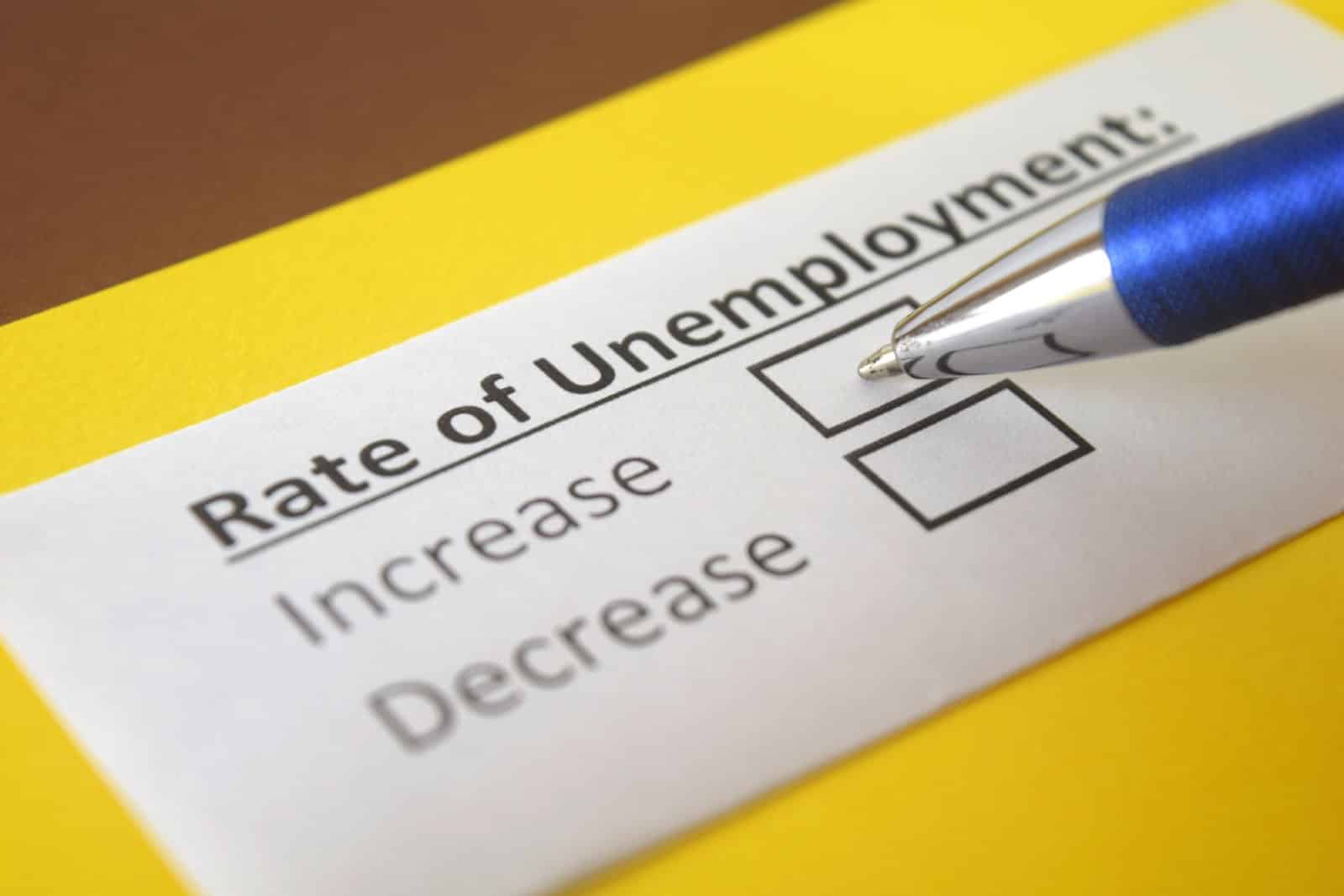In a surprising turn of events, U.S. employers ramped up hiring in December, outpacing expectations and bolstering wages. This development has led financial markets to reconsider the likelihood of an imminent Federal Reserve interest rate cut in March. Here’s the full story.
Steady Economic Growth Despite Pressing Concerns

The latest employment report from the Labor Department has revealed that U.S. employers not only hired more workers than anticipated in December but also demonstrated a robust commitment to raising wages.
Potential Red Flags

Despite some potential red flags within the report, such as the unchanged unemployment rate at 3.7%, analysts noted the labor market’s resilience.
Seasonal Fluctuations?

A closer look reveals that while the jobless rate held steady, a significant number – 676,000 people – left the labor force. Some economists speculated that this departure could be linked to challenges in adjusting data for seasonal fluctuations.
A Downward Revision?

Furthermore, the employment data for October and November indicated a downward revision, with the economy adding 71,000 fewer jobs than initially reported.
No Recession in 2023

Despite this, the overall consensus is that the U.S. economy successfully avoided a recession in the past year, and its trajectory appears poised for continued growth throughout 2024.
Market Expectations Adjusted as Payrolls Exceed Forecasts

Nonfarm payrolls surged by 216,000 jobs in December, surpassing economists’ expectations of a 170,000 increase.
This unexpected job growth has influenced market sentiment, prompting a revision of predictions about the Federal Reserve’s actions in the coming months.
Rate Cut Not Likely

Jeffrey Roach, Chief Economist at LPL Financial in Charlotte, North Carolina, noted, “This report lowers the probability of the Fed cutting in March and confirms our view that the Fed will not begin cutting as soon as the markets expect.”
Government Hiring Leads Employment Boost

Government hiring took the lead in the employment surge last month, with 52,000 jobs added, primarily driven by state and local governments striving to restore education staffing to pre-pandemic levels.
Double the Previous Year

The growth in government payrolls averaged 56,000 jobs per month in 2023, more than double the average monthly gain in 2022.
Healthcare and Construction Industries Increases

Other sectors contributing to job growth included healthcare, where employment increased by 38,000, and construction, which saw a rise of 17,000 jobs, buoyed by unseasonably mild weather.
Transportation and Warehousing Industries Shed Jobs

However, the transportation and warehousing industry experienced a setback, shedding 23,000 jobs.
Wage Gains and Market Response

Average hourly earnings rose by 0.4%, aligning with the prior month’s increase. This uptick contributed to a year-on-year wage gain of 4.1%, up from 4.0% in November. The positive employment and wage growth data triggered a rise in the dollar against a basket of currencies, while U.S. Treasury prices experienced a decline.
Financial Markets React

Financial markets, reacting to the unexpected strength in the job market, adjusted their expectations for a March rate cut. The probability of a rate cut decreased to approximately 53%, down from around 65% earlier.
Federal Reserve Signals

The Federal Reserve, in its latest policy meeting, held its interest rate steady, signaling an end to the historic monetary policy tightening of the past two years. The central bank’s new economic projections suggest lower borrowing costs in 2024.
Concern for Industry Imbalance?

Despite concerns over the concentration of job growth in specific sectors, the share of industries reporting job growth increased in December, alleviating worries about the market’s imbalance.
Questions Were Raised

With the incorporation of annual revisions to the household survey data, the unemployment rate remained relatively unaffected. Despite the favorable employment landscape, certain details in the household survey raised questions.
Household Employment Statistics

Household employment experienced a notable plunge of 683,000 in December, coinciding with approximately 676,000 people exiting the workforce.
Analysts are closely monitoring household employment for potential seasonal adjustment issues in the coming months.
Participation Rate Dipped

The labor force participation rate dipped to 62.5% from 62.8%, reflecting a decrease in the proportion of working-age Americans actively seeking employment.
Chris Low, Chief Economist at FHN Financial in New York, commented on these changes, noting that while they are noteworthy, they may be less concerning as they align in the same direction.
He emphasized, “We’ll be watching household employment closely for the next few months.”
Overall Positivity In The Job Market’s Resilience

In summary, the latest employment report has injected unexpected optimism into the economic outlook, with job growth surpassing expectations and wage gains holding steady.
While challenges remain, particularly in sectors like transportation, the overall resilience of the job market has prompted a reevaluation of market expectations and a shift away from anticipating imminent interest rate cuts by the Federal Reserve.
More From Frugal to Free…
U.S. Budget Breakthrough: A Huge Step Forward Amidst Looming Shutdown Threat
Will Easing Inflation in America Continue?
The post U.S. Job Market Surges, Shaking Up Future Economic Predictions first appeared on From Frugal to Free.
Featured Image Credit: Shutterstock / Quality Stock Arts.
The content of this article is for informational purposes only and does not constitute or replace professional financial advice.
